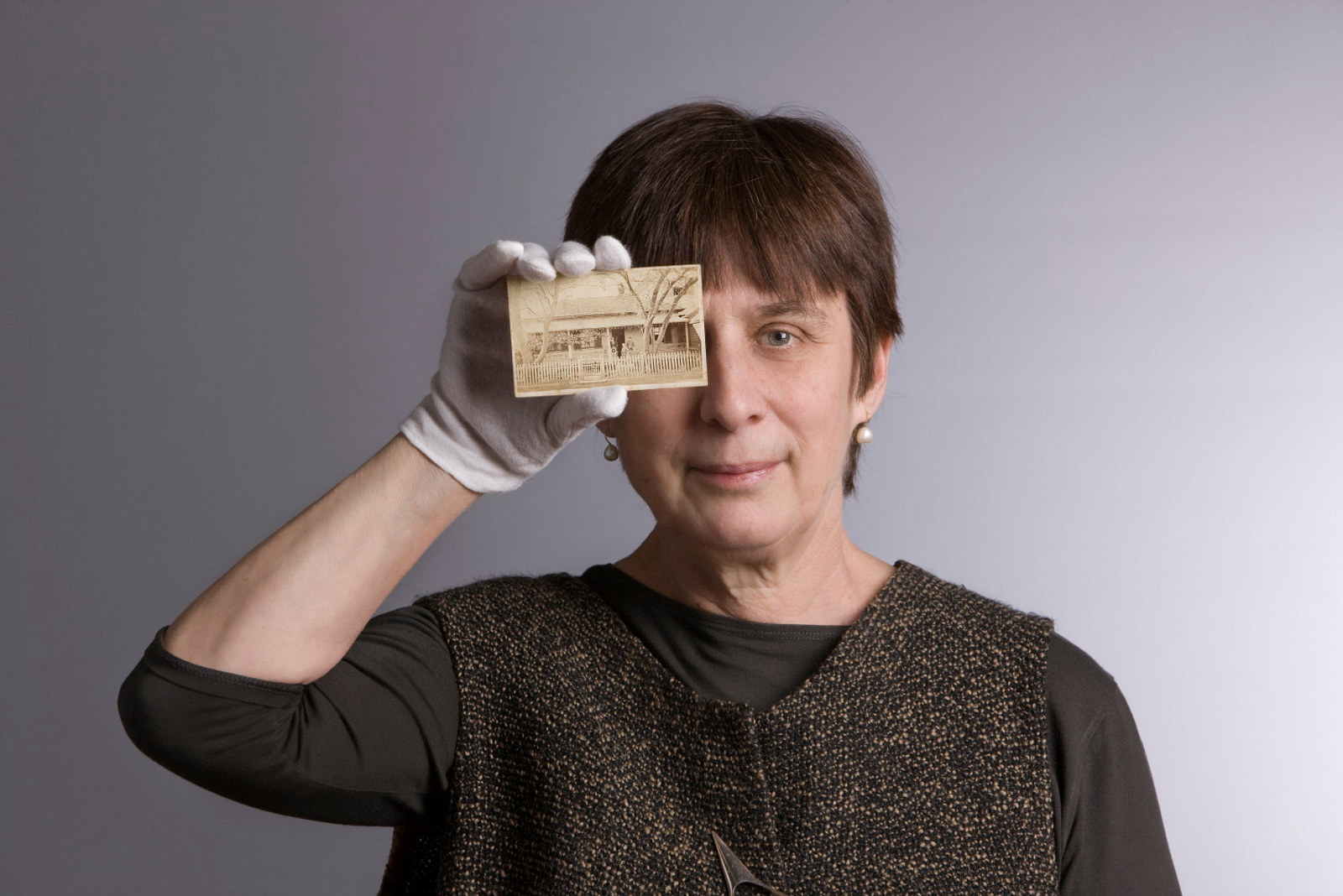From the collection: Richard Browne watercolours
Richard Browne (1776–1824) was a Dublin-born convict artist who was transported to NSW in 1811 and spent most of his seven-year sentence at the secondary penal settlement of Newcastle. In 1812–13 he was commissioned by Lieutenant Thomas Skottowe, the commandant at Newcastle, to make a series of drawings to illustrate Skottowe’s planned natural history publication Select specimens from nature of the birds, animals &c &c of New South Wales. Browne produced 32 drawings for the project.
When Browne returned to Sydney at the end of his sentence he produced for sale a number of near identical watercolours of specimens that he had originally drawn for Skottowe, including the Australian lyrebird, Menura superba, and the Regent bowerbird, Sericulus chrysocephalus, reproduced here. Browne’s first depiction of the lyrebird had too many feathers – two large lyre-shaped outer feathers, two wire-like inner ones and 16 filamentary feathers instead of 12 – but this later drawing has the correct number of filamentary feathers. In his manuscript, Skottowe gave the lyrebird’s local Aboriginal name as Gongol. Browne favoured the lyrebird’s English common name, mountain pheasant.
Skottowe thought that he was the first European to procure a specimen of Sericulus chrysocephalus and bestowed the name Regent in recognition of the fact that the Prince of Wales had recently become Prince Regent. As it happened, the artist J W Lewin had in 1808 already published a drawing of this bird, which he called the golden-crowned honeysucker. Although Skottowe’s manuscript wasn’t published in his lifetime, the name Regent remained in currency, perhaps due to the number of copies Browne made and sold of this drawing in Sydney between 1819 and 1821.
Published on
Related
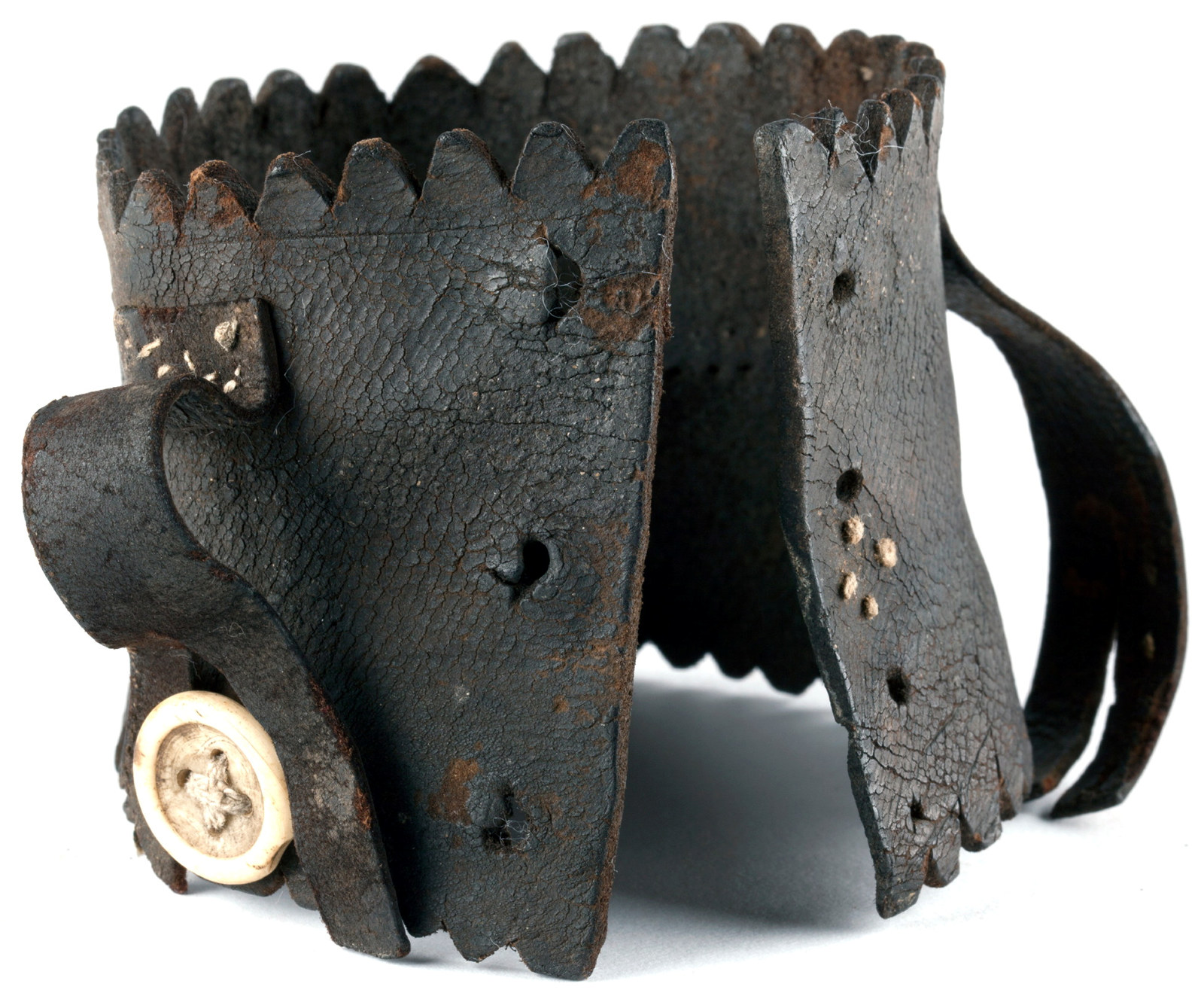
Convict Sydney
Leg Iron Guard
A stunning example of an improvised handicraft, this leather ankle guard or ‘gaiter’ was made to protect a convict’s ankle from leg irons
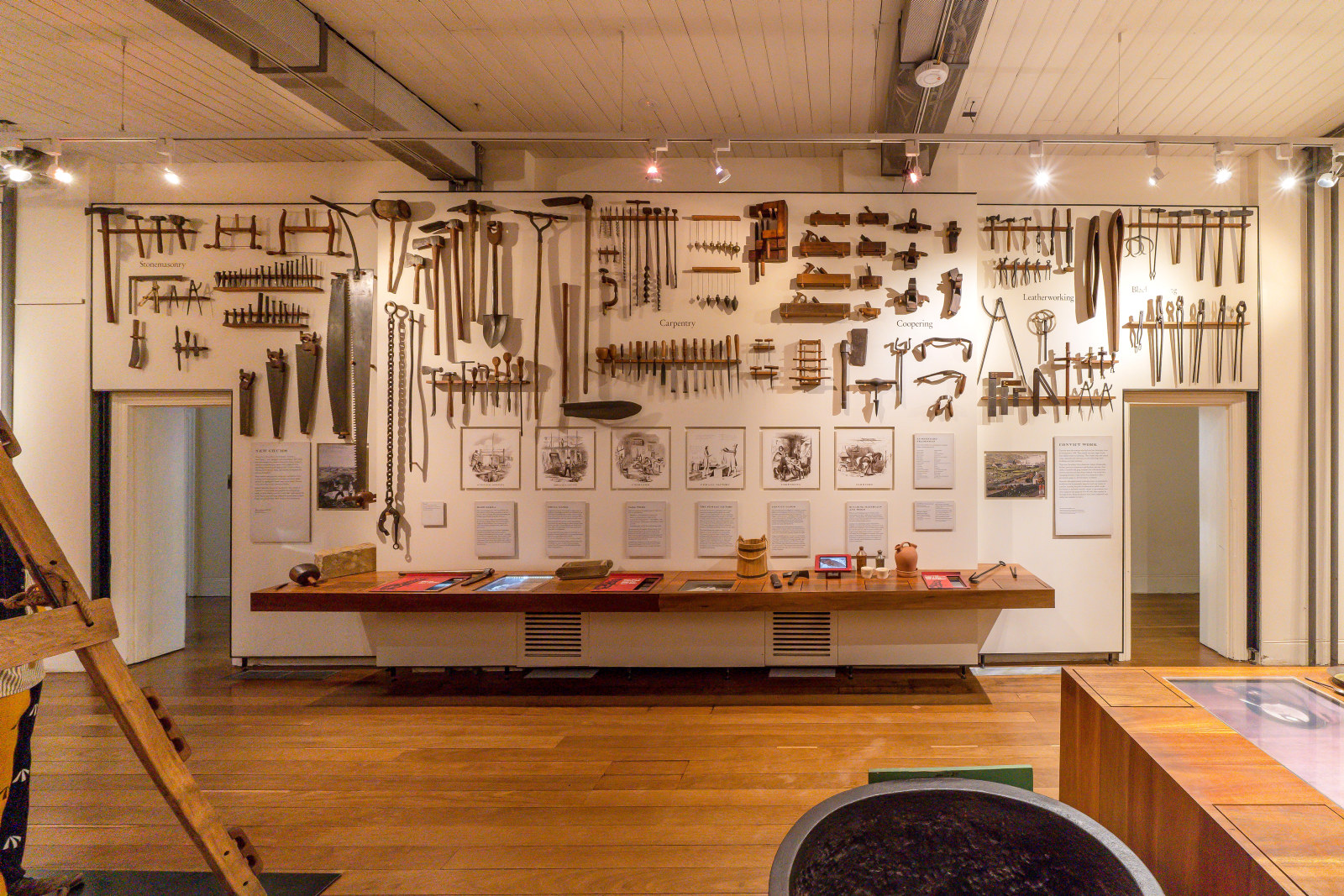
Convict Sydney
Objects
These convict-era objects and archaeological artefacts found at Hyde Park Barracks and The Mint (Rum Hospital) are among the rarest and most personal artefacts to have survived from Australia’s early convict period
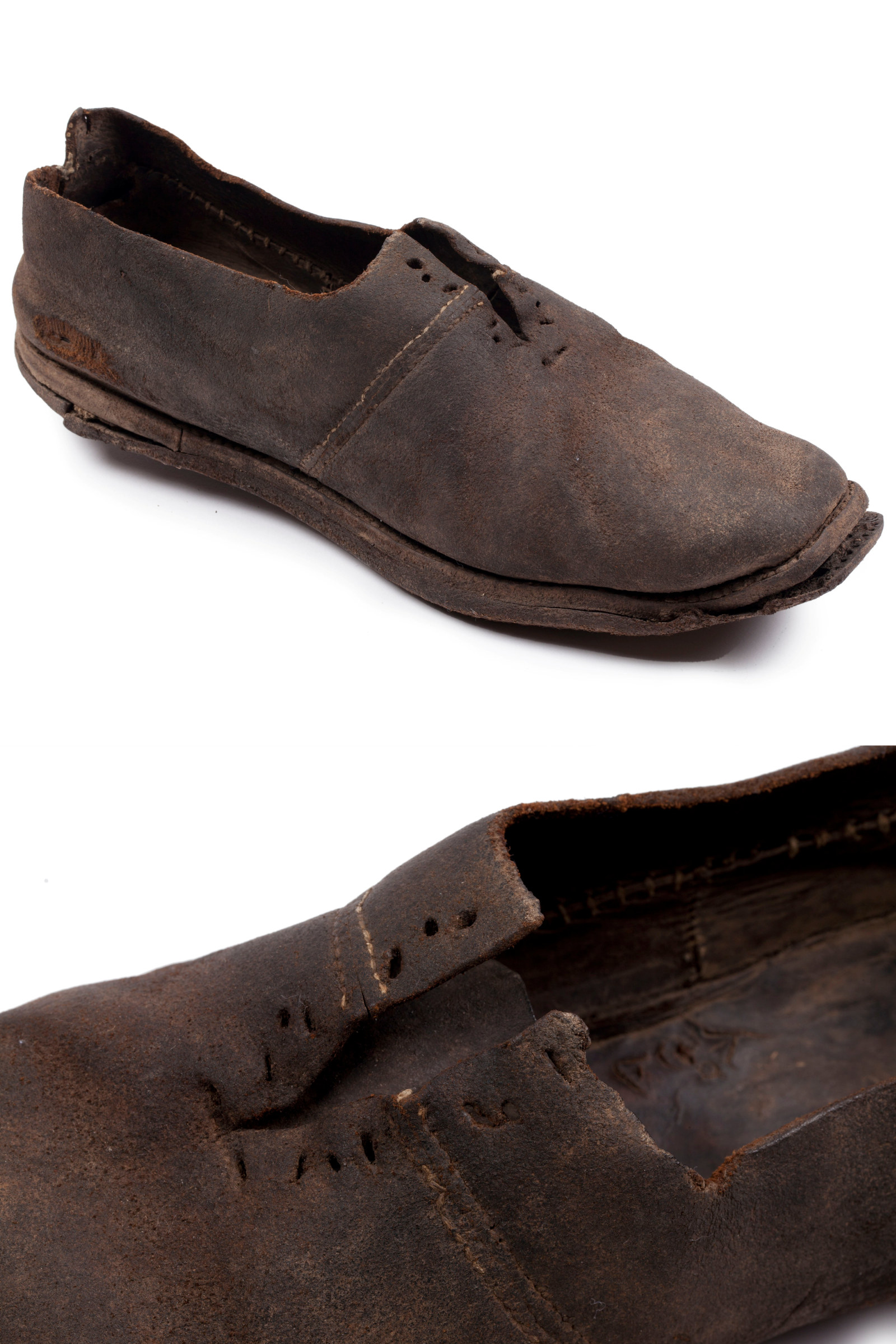
Convict Sydney
Convict Shoe
Known as crab shells or hopper dockers in the convict ‘flash’ slang language, two or three pairs of shoes were issued to each convict annually
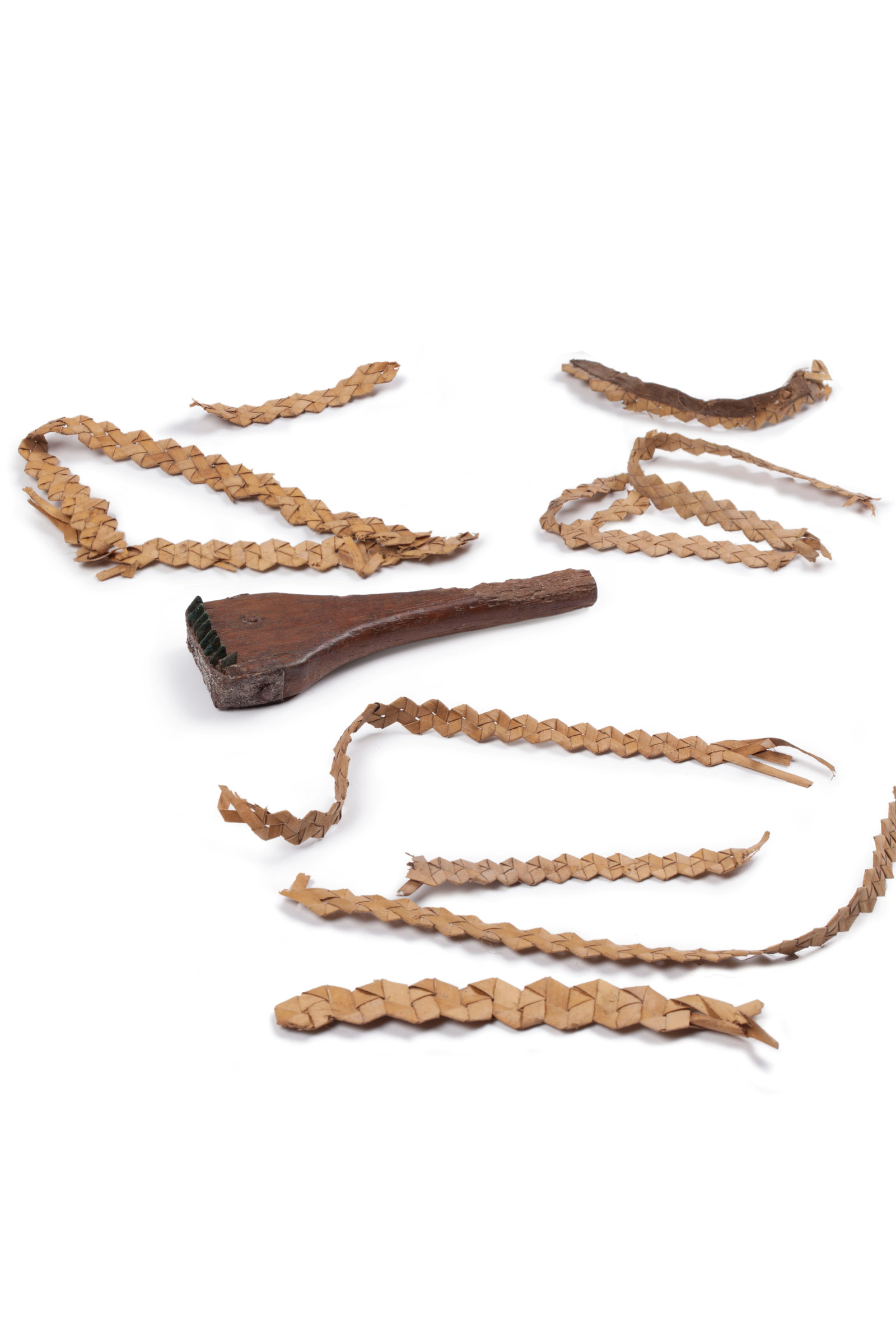
Convict Sydney
Convict hat sennets & leaf shredder
This shredding tool and ‘sennets’ or fragments of plaited cabbage tree palm leaves (Livistona australis) were found beneath the floors of Hyde Park Barracks, and used by convicts for making hats
